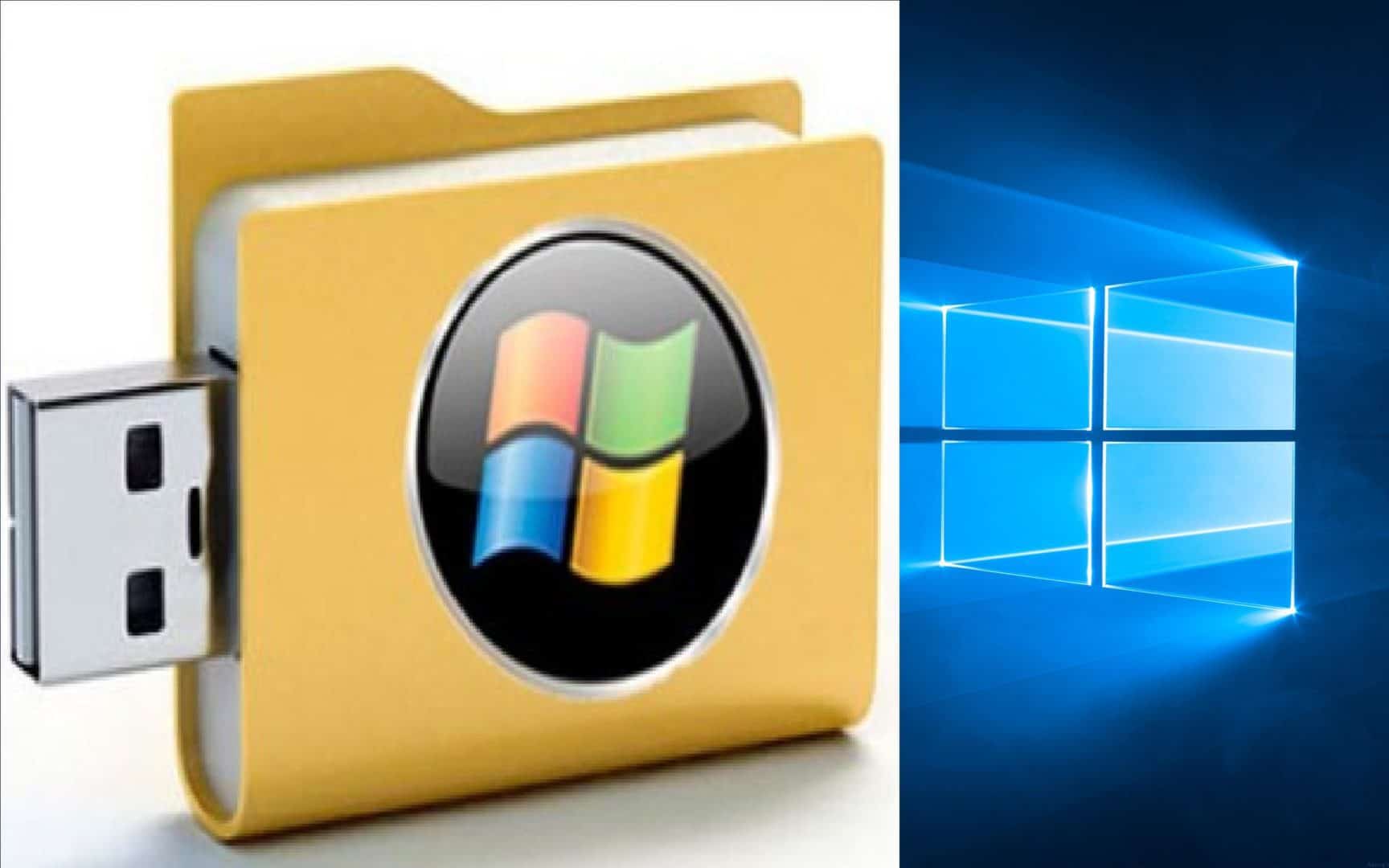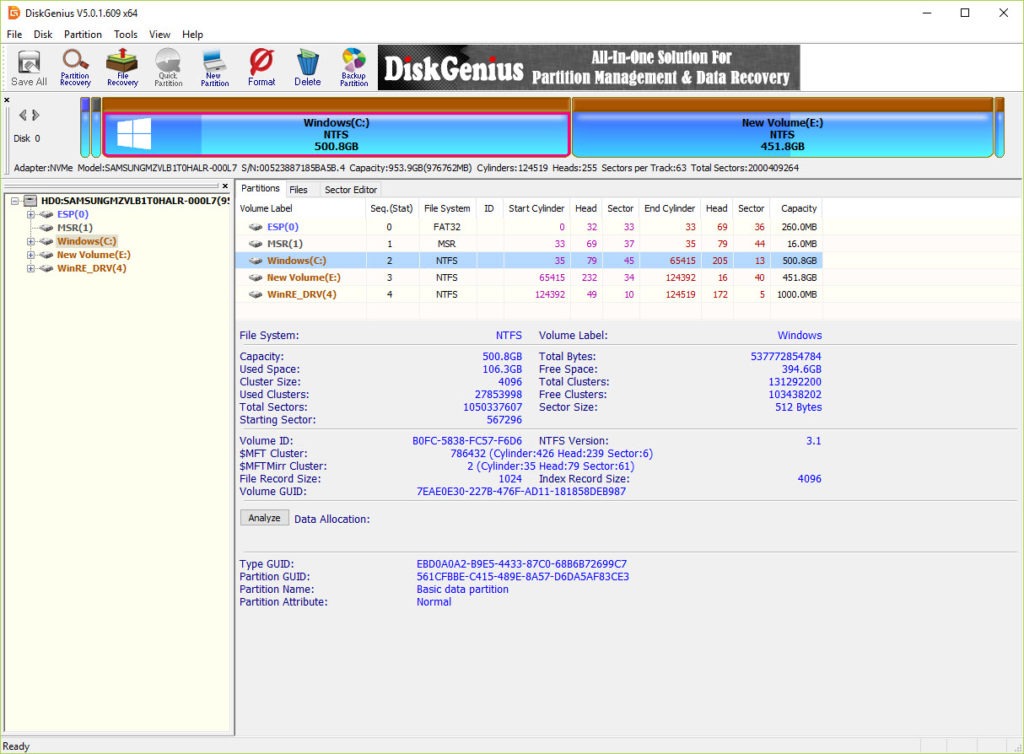

Otherwise, you won't be able to delete any of the entries, and you'll get a "users charged with disk space cannot be deleted" message.

Under "Devices and drives," right-click the Local Disk (C:) drive and select Properties.Ĭheck that the Enable quota management option is selected and disk quota is enabled.Note: It's a good idea to relocate the user files to another location temporarily, remove the entry using the steps below, and then move the files back to the original location. To remove a Quota entry, do the following: However, if you want to remove a Quota entry, this can be a challenge as the account must not be consuming any space before you can delete it. In the case you no longer need to limit the space a user can use, you can simply change the settings in the user entry. 15, select the Do not limit disk usage option to disable or change the settings using the Limit disk space to option. If you want to disable or change the disk quota settings, you can use the same instructions, but on step No. Set the amount of space you want and specify the size unit (for example, megabyte or gigabyte).Īfter completing the steps, the users you configured storage limits for won't be able to fill up the entire drive.In the "Select Users" tab, click the Advanced button. If the account you want to restrict isn't listed, click Quota, and select New Quota Entry. Under "Devices and drives," right-click the drive you want to manage and select Properties.In the case that you want to set storage limit on individual users, while keeping your account unlimited, use the following steps:
WHAT IS DISK GENIUS FOR WINDOWS 10 HOW TO
How to set up Quota per account on Windows 10 6, select the Do not limit disk usage option, and clear the Deny disk space to users exceeding quota limit and Enable quota management options. If you no longer want to limit the storage users can use on a drive, you can use the same instructions. You can always increase or decrease the storage allowance by modifying the Limit disk space to and Set warning level to options on step No. A warning will alert users that they're reaching their storage quota, and when the threshold is reached, users will no longer be allowed to store additional files. Once you completed these steps, every account on your device will only be able to use part of the total available storage on the hard drive. Set the amount of space before a warning is triggered to the user and specify the size unit (for example, megabyte or gigabyte). Set the amount of space you want and specify the size unit (e.g., megabyte, gigabyte).Check the Enable quota management option.Ĭheck the Deny disk space to users exceeding quota limit option.Under "Devices and drives," right-click the drive you want to limit and select Properties.If you want to limit the available storage for all users, use the following steps: How to set up Quota per volume on Windows 10 How to set up Quota per account on Windows 10.How to set up Quota per volume on Windows 10.Also, using the C: drive, the system and other files owned by the account count towards the quota limit, so plan accordingly. Whenever possible, you should consider enabling Quota on secondary partitions or external drives. Newly-added users will start with their quotas as expected.Īlthough you can configure disk quota on any supported volume, it can become a little messy implementing limits using the Windows installation drive (C:).Users with files already on the drive will have their quota initially disabled.
WHAT IS DISK GENIUS FOR WINDOWS 10 UPDATE


 0 kommentar(er)
0 kommentar(er)
